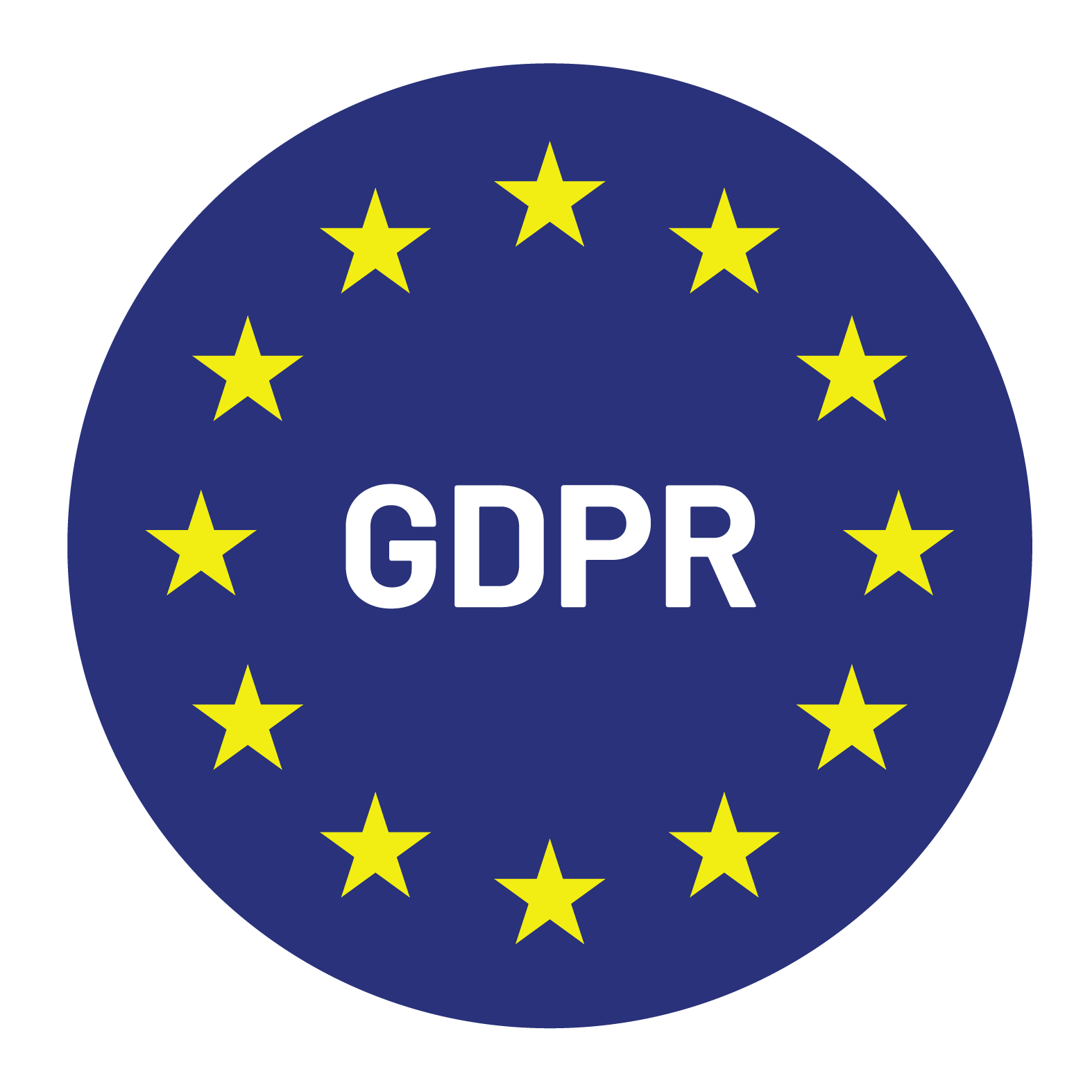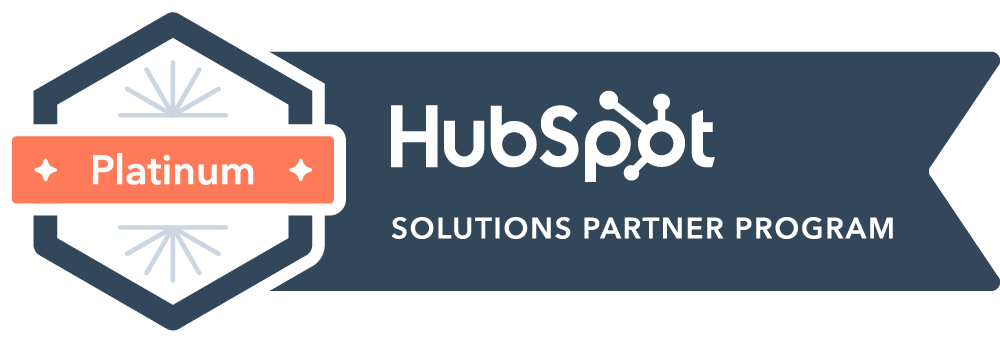In 2025, B2B SaaS companies live and die by their ability to generate demand. Yet many teams still confuse demand generation with lead generation, focusing on vanity metrics like form fills and trial signups instead of building sustainable, high-quality pipeline.
Demand generation problems often develop gradually, making them easy to miss until they’ve significantly impacted your pipeline. If your demand generation strategy isn’t working, you’ll feel it across your sales funnel from hig CAC to low conversion rates and frustrated SDRs chasing poor-fit leads.
In this guide, we’ll learn 10 warning signs that your B2B SaaS demand generation strategy is failing and what you can do about it.
Let’s dive in.
Sign #1: Declining MQL to SQL Conversion Rates
The MQL → SQL conversion rate is one of the clearest indicators of whether your demand generation is producing sales-ready leads. If marketing is handing off dozens (or hundreds) of MQLs each month, but only a small fraction convert into opportunities, something is broken.
Healthy SaaS benchmarks suggest:
- 20–40% conversion for well-targeted MQLs
- Higher ACV SaaS companies often expect fewer, but higher-quality, SQLs
Problematic indicators:
- MQL criteria too broad (e.g., counting every ebook download as a lead)
- Poor ICP definition → attracting unqualified traffic
- Weak lead scoring models ignoring buying signals
- SDRs not aligned with marketing qualification standards
How to Fix It
- Tighten ICP definitions: focus on industry, company size, tech stack, budget
- Refine scoring models: add behavioral signals like intent data, product engagement
- SLA with sales: create a shared definition of what “qualified” means
- Regularly audit handoff quality with SDR feedback loops
Sign #2: Over-Reliance on a Single Lead Generation Channel
If more than 70% of your pipeline comes from just one channel (Google Ads, LinkedIn Ads, or outbound email), your strategy is vulnerable. Algorithms shift, ad costs spike, inboxes get noisier. When one channel falters, your entire funnel dries up.
Recent data shows that B2B SaaS companies using three or more demand generation channels see 24% higher lead quality scores and 18% better customer acquisition costs compared to single-channel approaches.
Problematic indicators:
- 70%+ of leads coming from a single source
- Significant pipeline impact when one channel underperforms
- Limited testing of new channels or tactics
- Over-dependence on paid advertising without organic growth
How to Fix It
- Multi-channel approach: blend SEO, thought leadership, outbound, partnerships, communities
- Own the narrative: produce content that ranks organically and builds authority
- Use retargeting to connect paid + organic channels
- Test emerging platforms (Slack communities, podcasts, industry newsletters)
Balanced demand gen ensures resilience when one channel underperforms.
Sign #3: Poor Lead Quality Despite High Volume
High lead numbers look good on dashboards, but if your SDRs complain about “junk leads” or if win rates are declining, you’re chasing the wrong prospects.
Bad leads are costly: they waste SDR hours, clog CRMs, skew reporting, and frustrate sales teams.
Problematic indicators:
- High lead volume but low conversion rates
- Sales team frequently disqualifies marketing leads
- Poor engagement on post-conversion communications
- Increasing cost per qualified lead despite volume growth
How to Fix It
- Tighten targeting filters on paid campaigns (exclude small companies if targeting mid-market)
- Implement qualification frameworks (BANT, MEDDIC, CHAMP)
- Leverage intent data providers to prioritize buyers actively researching your category
- Use content gating selectively to attract serious prospects vs. casual readers
Sign #4: Misalignment Between Marketing and Sales Teams
Sales and marketing alignment is critical for effective B2B SaaS demand generation. Misalignment creates friction in the handoff process, leads to wasted opportunities, and can significantly impact conversion rates.
Problematic indicators:
- Disagreement on lead quality standards
- Inconsistent messaging between marketing content and sales conversations
- Lack of shared goals and metrics
- Poor communication about prospect needs and objections
How to Fix It
- Create Service Level Agreements (SLAs):
- Marketing commits to lead quality/volume
- Sales commits to response time and feedback loops
- Schedule weekly alignment meetings
- Share joint pipeline metrics instead of siloed KPIs
At Whistle, we embed outsourced SDR teams into SaaS clients’ workflows, bridging sales-marketing gaps instantly.
Sign #5: Lack of Clear Buyer Personas and Journey Mapping
Effective B2B SaaS demand generation requires deep understanding of your target buyers—who they are, what challenges they face, and how they make purchasing decisions. Without clear buyer personas and journey mapping, your demand generation efforts become unfocused, leading to generic messaging that doesn’t resonate with prospects.
Problematic indicators:
- Generic or outdated buyer personas
- Content that doesn’t address specific persona pain points
- Unclear understanding of the decision-making process
- One-size-fits-all messaging across all prospects
How to Fix It
- Develop 3–5 detailed ICPs with firmographics, pain points, buying triggers
- Map the buyer journey: awareness (problem), consideration (solutions), decision (vendor choice)
- Create funnel-stage content:
- TOFU: SEO blogs, webinars
- MOFU: whitepapers, case studies
- BOFU: ROI calculators, competitor comparisons
Sign #6: Content That Doesn’t Address Buyer Pain Points or Stages
Content is the fuel of B2B SaaS demand generation, but only if it addresses real buyer needs at the right time. Generic, sales-focused content fails to build trust or guide prospects through their decision-making process. Effective demand generation content should educate, inform, and gradually build confidence in your solution.
Problematic indicators:
- Low content engagement rates
- Sales team creates their own content because marketing content doesn’t resonate
- Content focuses primarily on product features rather than buyer problems
- Limited content variety across different journey stages
How to Fix It
- Audit content library: map assets to funnel stages
- Fill gaps: if you only have bottom-funnel case studies, add top-funnel awareness guides
- Build pain-point content → e.g., “Why SaaS sales teams miss 40% of opportunities without intent data”
- Repurpose across formats: blog → LinkedIn carousel → video clip
Educational, problem-focused content builds trust; sales-focused content converts. You need both.
Sign #7: Ineffective Lead Nurturing Processes
B2B SaaS sales cycles can extend 6-18 months, making lead nurturing essential for maintaining prospect engagement. Ineffective nurturing leads to prospect disengagement, increased unsubscribe rates, and missed opportunities. Companies with mature lead nurturing generate 50% more sales-ready leads at 33% lower cost.
Problematic indicators:
- High unsubscribe rates (>5%)
- Low email engagement rates (<15% opens)
- Generic, one-size-fits-all nurture campaigns
- Long periods without prospect engagement
How to Fix It
- Build segmented nurture sequences by persona + stage
- Add behavior-triggered touchpoints (visited pricing page → send case study)
- Layer multi-channel nurture: email + LinkedIn + retargeting
- Personalize with first-party data (product usage, webinar attendance)
Proper nurturing ensures you’re the vendor buyers remember when they’re ready.
Sign #8: Inability to Measure and Attribute Marketing Impact
Without proper measurement and attribution, you’re flying blind in your demand generation efforts. You can’t optimize what you can’t measure, and leadership teams need clear ROI data to justify marketing investments. In B2B SaaS, where sales cycles are long and involve multiple touchpoints, attribution becomes particularly challenging but even more critical.
Problematic indicators:
- Reliance on last-touch attribution only
- Inability to connect marketing activities to revenue
- Lack of consistent reporting on demand generation performance
- Disconnected systems that prevent comprehensive tracking
How to Fix It
- Define core demand gen KPIs: pipeline influenced, CAC, payback period
- Use multi-touch attribution models instead of last-touch
- Tools like HubSpot, Dreamdata, or Bizible provide SaaS-focused attribution clarity
Sign #9: Lack of Continuous Testing and Optimization
Demand generation is not a “set it and forget it” activity. Markets change, buyer behaviors evolve, and new channels emerge. Companies that don’t continuously test and optimize their demand generation strategies fall behind competitors who are constantly improving their approach.
Problematic indicators:
- Same campaigns running for months without optimization
- No formal testing process or calendar
- Declining performance without investigation
- Fear of testing that might hurt current performance
How to Fix It
- Test at every layer: subject lines, CTAs, channels, landing pages
- Adopt a quarterly experimentation roadmap
- Track incremental lifts (e.g., 10% CTR increase compounds into pipeline growth)
- Treat failed tests as data, not waste
Sign #10: Failure to Leverage Customer Advocacy and Expansion
Existing customers are often the most overlooked source of demand generation. Happy customers can become powerful advocates, referring new prospects and providing social proof that influences buying decisions.
Problematic indicators:
- No formal referral or advocacy program
- Limited case studies or customer testimonials
- Low NPS scores or lack of customer satisfaction measurement
- Minimal expansion revenue from existing customers
How to Fix It
- Launch a referral program with incentives
- Capture testimonials, case studies, G2 reviews
- Partner with CS teams for expansion playbooks
- Run customer webinars featuring success stories
Customer-driven demand generation compounds over time and reduces CAC.
Building a Robust B2B SaaS Demand Generation Strategy
If you see 3–4 of these warning signs in your SaaS strategy, it’s a wake-up call. The key is to approach demand generation as an integrated system rather than a collection of individual tactics. Each warning sign we’ve discussed interconnects with others, and addressing them holistically will yield better results than tackling them in isolation.
Here’s your action plan:
- Audit your ICPs and MQL → SQL conversion rates
- Diversify channels and double down on evergreen content
- Tighten sales + marketing alignment
- Invest in attribution, testing, and advocacy
At Whistle, we’ve generated $100M+ in pipeline for 300+ SaaS startups by helping them fix broken demand generation engines and implement scalable strategies.



